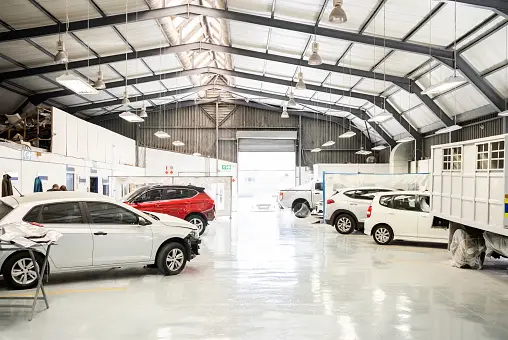July 7, 2023
DOES YOUR CAR NEED SERVICE? 11 IMPORTANT SIGNS
As an AI language model, I don’t have a car, but I can certainly help you with information about signs that indicate your car may need service. Here are 11 important signs to watch out for:
- Check Engine Light: If the check engine light on your dashboard is illuminated, it typically indicates an issue with the engine or emissions system. It’s important to have it checked by a mechanic.
- Strange Noises: Unusual noises like grinding, squealing, knocking, or hissing can be signs of problems with various components, such as brakes, suspension, belts, or the exhaust system.
- Vibrations: Excessive vibrations, especially while driving or braking, may indicate issues with the tires, suspension, or braking system.
- Rough Idling: If your car’s engine is running rough, stalling, or having trouble maintaining a steady idle speed, it could indicate problems with the fuel system, spark plugs, or sensors.
- Decreased Performance: If you notice a significant decrease in power, acceleration, or fuel efficiency, there may be issues with the engine, transmission, or other drivetrain components.
- Fluid Leaks: Puddles or stains of fluid (oil, coolant, brake fluid, or transmission fluid) underneath your parked car may indicate leaks that should be addressed promptly.
- Electrical Problems: Malfunctions in the electrical system can manifest as issues with the lights, power windows, locks, or other components. This could be due to a faulty battery, alternator, or wiring.
- Overheating: If your car’s temperature gauge shows it’s running hotter than normal or if you see steam or coolant leaks, it may indicate cooling system problems that need attention.
- Warning Lights: Besides the check engine light, other warning lights like the battery, oil pressure, or ABS (Anti-lock Braking System) can indicate specific issues that require immediate attention.
- Brake Issues: Spongy or unresponsive brakes, grinding noises, or a pulsating brake pedal can signal problems with the braking system, including worn-out brake pads, fluid leaks, or a faulty ABS system.
- Transmission Troubles: Delayed or rough gear shifting, slipping gears, or fluid leaks from the transmission could indicate transmission problems that need professional diagnosis and repair.
Remember, these signs can vary depending on the make and model of your car. It’s always a good idea to consult your vehicle’s owner’s manual and seek professional advice from a qualified mechanic for a proper diagnosis and appropriate repairs.

Can I drive car with service light?
It’s generally not recommended to drive your car with the service light illuminated. The service light, also known as the check engine light or malfunction indicator light (MIL), is an important warning signal that indicates a potential problem with your vehicle’s engine or emissions system.
While some causes of the service light may be minor issues, there’s also a possibility that it indicates a more significant problem that could potentially lead to further damage if not addressed promptly. Ignoring the service light and continuing to drive your car could worsen the issue and potentially result in costly repairs or breakdowns.
When the service light comes on, it’s best to have your car inspected by a qualified mechanic as soon as possible. They will be able to diagnose the specific issue by retrieving the diagnostic trouble code(s) stored in your car’s onboard computer system. With proper diagnosis, you can take appropriate action to resolve the problem and prevent any potential complications.
Always refer to your vehicle’s owner’s manual for specific guidance regarding the service light and any other warning lights in your particular car model.

How long can you go with service light on?
The duration you can drive with the service light illuminated in your car can vary depending on the underlying issue causing the light to come on. It’s important to note that the service light is a warning indicator, and it’s there to alert you to a potential problem with your vehicle’s engine or emissions system.
In some cases, the service light may come on for relatively minor issues, such as a loose gas cap or a temporary sensor glitch. In these situations, you may be able to drive your car for a short distance without immediate consequences. However, it’s still recommended to have the issue addressed as soon as possible to prevent any potential complications.
On the other hand, there could be more serious problems that trigger the service light, such as engine misfires, issues with the catalytic converter, or problems with the emissions control system. Continuing to drive your car with these types of issues could potentially cause further damage to the engine or other components, and it may even result in a breakdown.
As a general guideline, it’s best to have your car inspected and diagnosed by a qualified mechanic as soon as the service light comes on. They will be able to determine the severity of the issue and provide appropriate recommendations for repair or maintenance.
Remember, it’s always better to address the underlying problem early on to avoid costly repairs and ensure the safety and reliability of your vehicle.
